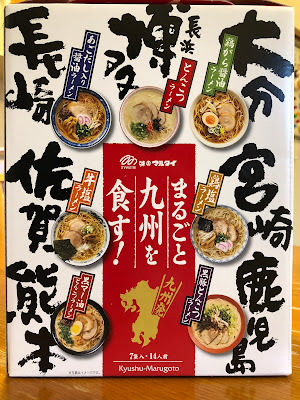Train System - Tokyo Intro: Experience #50 of 55
Tokyo wouldn’t be Tokyo without its train system. The trains here run like clockwork almost all the time and everyone depends on them. If the trains are out of service, people either camp out until they are running again, or they have to walk / take a car home in a journey that could take hours and hours. The modern environment for Tokyo has been sculpted around the train stations, as they are such important transportation hubs. The train companies own the rail lines, the stations and often the real estate around it. The larger train stations are marvels of integrated transportation, shopping, entertainment and dining. They are not just platforms of waiting passengers and poorly lit spaces that make you nervous at night.
Japanese people and tourists are spending more time in these train station malls that are not just transfer points now, but entertainment destinations too because they are easy stopovers. There is even a phrase ekitame which is a combination of eki (station) and entame (entertainment) to refer to this phenomenon. Tokyo Station’s First Street, was the successful forerunner of this phenomenon that has spread to other rail stations.
- Japanese train companies are private companies that need to make a profit. Their primary source of revenue is commuters, but the population of Japan has peaked, so revenue from fares is declining. New profit centers were created by actively exploiting the real estate they owned.
- On a side note, having the rail companies operate the malls at the train stations and developing the land around the stations has seemed to work out pretty good in Japan. It is nice to get off a train and find yourself in a well developed mall or shopping area rather than just a dingy platform that is found in most cities. This is the way mass transit should be and the train companies in Japan seem to have the right magic formula.
- The Yamanote Line is an iconic rail line that circles around central Tokyo once an hour, and very important to over 3.5 million people who ride it each day, making it a very busy line. It passes through most of the major train stations and city centers on its 30 station route. It is an easy way to get around Tokyo, but not necessarily the fastest, as subways often have more direct connections. Still, it is well used by visitors, people have written songs about it, talked about it like the weather, and you can see a great deal of above ground Tokyo from it. You can even observe the flow and ebb of passengers between major stations.
- The train melodies that play at every station to announce arrival and departure are unique. They are designed to be comforting and alert passengers to board and exit. Some jingles are related to theme music from famous movies or shows.
- The Japanese do like their trains too. They are one of the signs of Japan’s modernization and they are fixtures in the landscape. In anime, trains and train crossings are often featured in the background or as part of a scene. There are legions of trainspotters, as Japan has dozens of different models of trains in service, and rail museums are quite popular. There is even an anime about bullet trains transforming into robots called Shinkansen Henkei Robo Shinkalion. The rail companies also continue to look for new revenue sources and now offer luxury train cruises with deluxe carriages that even have cabins with baths available on certain touring routes.
Next Experience
Back to Tokyo Intro - 55 Cool Sights and Experiences for Visitors
Follow me on Twitter a @Tostzilla or my feedburner.
More cup noodle / instant ramen reviews and Japanese pop culture.














Comments
Post a Comment